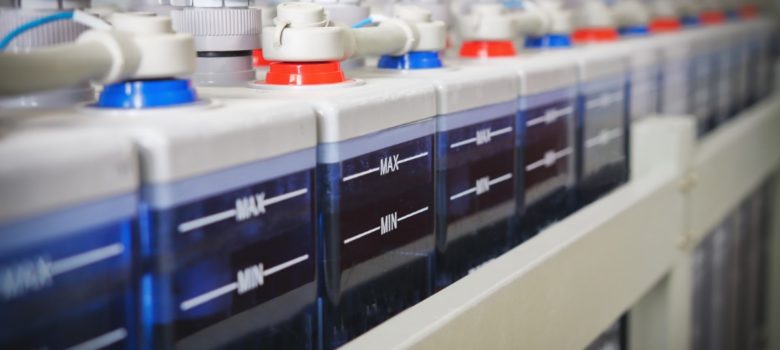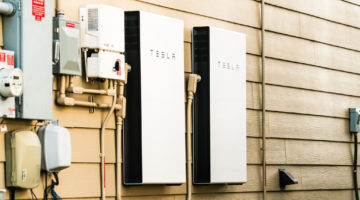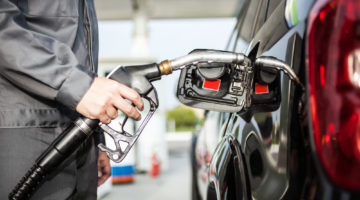
What is energy storage?
Both solar and wind turbines can be described as intermittent energy sources. Yes they are renewable (which means they are clean sources of power) but if the sun doesn’t shine or the wind doesn’t blow then unfortunately no energy is produced. Battery storage is a means of storing the electrical energy for use at a later time or date as and when it is needed.
With battery storage, electrical energy is stored as chemical energy so that it can be used at a later point. The benefits of this are twofold:
- On a national level, battery storage systems will help with managing electricity demand.
- On a personal level, those who install the systems could save money on their bills.
These systems have been around for a few years, and until recently have been used mainly by those with home renewables. While generating your own solar electricity has many benefits, there has always been one thing missing: the ability to use it 24 hours per day. Clearly, solar PV only produces electricity when the sun is shining. Until battery storage came along, there was no way to store your electricity, so it got sent to the National Grid. The new technology maximises the amount of money you can save, by allowing you to use as much of your own (free) energy as possible and minimising your reliance on exporting it from the Grid.
A new market is now opening up following the introduction of time of use tariffs in the UK. These open the door for charging batteries at cheap times of the day and using the electricity later, during peak times when electricity from the Grid is more expensive.
As technology improves and battery storage systems start to be manufactured on a bigger scale, the price will drop and they will be available to more people.
Types of battery
You have 3 choices at the moment when installing a battery storage system for your home:
- Lead acid battery
This is the cheapest type of battery, but they need more maintenance than other types, are limited on the number of charging cycles they can handle before they need replacing.
- Lithium ion battery
These are the current favourites used by leading battery manufacturers including Tesla. They are marginally more expensive than lead acid batteries but can be charged and discharged far more, meaning they last longer. They are also maintenance-free and take up less space.
- Flow battery
This type of battery is still in development, and could be the future of battery storage. Theoretically, flow batteries can be charged and discharged an infinite number of times. But they are expensive – about twice the price of lithium ion batteries -and they take up a lot of space because they normally require ancillary equipment such as pumps, sensors, control units and secondary containment vessels.
What is a solar battery management system?
Alongside your battery, you will need a battery management system. A BMS keeps track of the workings of your battery storage system – such as temperature, voltages and currents – and charges it at the times dictated by you. You will use your electricity differently on weekdays and weekends, and a BMS can manage this for you.
 Which solar battery storage system should I buy?
Which solar battery storage system should I buy?
The number of battery storage systems on the market is increasing by the day. They vary a lot, and it is really worth doing your research to find the best match for you. The bigger the system, the more expensive it will be, so there’s no point buying one that you’re never going to charge fully.
Get an expert to help you set up your system – you’ll need a bit of forward-planning to ensure you are making the most of it.
Can I go off-grid with a battery storage system?
It’s theoretically possible, but you’d need a massive battery system and pretty huge amounts of energy generation. You’d also have to be very organised about when you used the batteries. If you have solar PV, for instance, there could easily be a few days in a row with little sunshine, and you might use up your battery stores and be left with a deficit.
With battery storage, you can definitely use a lot of your own energy, but for most people it will probably be a supplementary/back-up system for renewables, rather than their only energy source.
Think we missed something? Do you have a different opinion?
Comment below to get your voice heard…












No Comments yet! Be the first one.